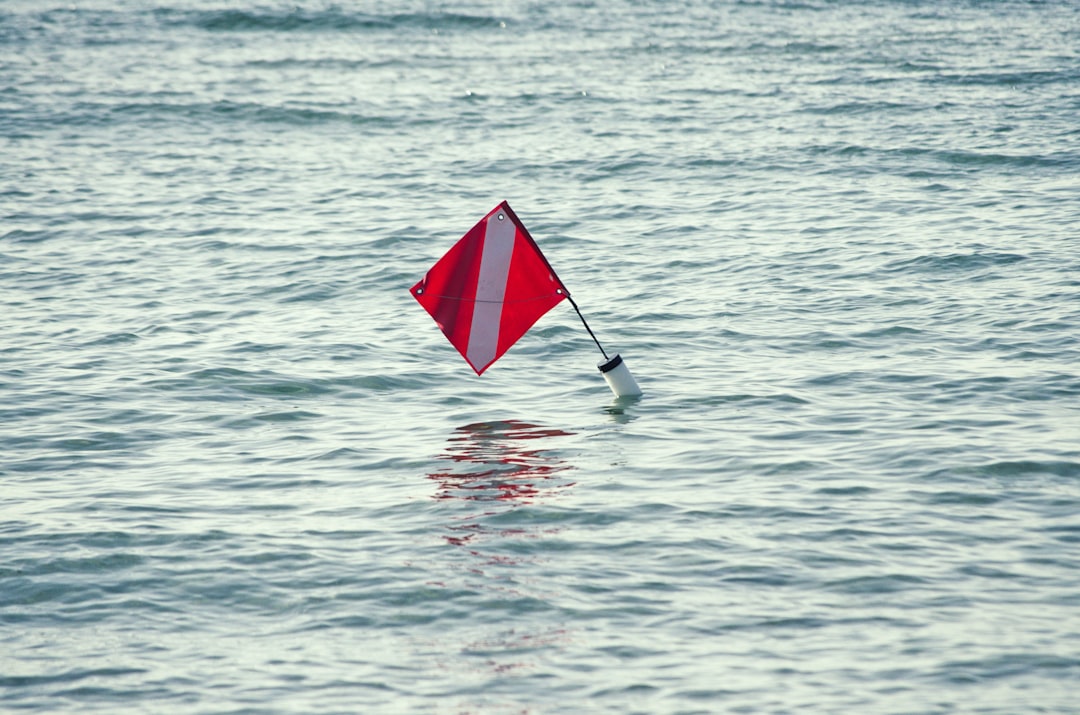
If you’ve ever been enchanted by the colorful array of flags fluttering in the wind atop a ship’s mast, you’ve witnessed the captivating tradition of nautical flag design. These maritime emblems aren’t just for show; each flag carries its own distinct message, communicating vital information to sailors across the high seas.
Prior to delving into the intricacies of nautical flag design, it’s crucial to understand the underlying code dictating these maritime symbols. The International Code of Signals (ICS) provides a standardized system of communication at sea, with each flag representing a specific letter, number, or signal. Click here to get even more info on the subject!
Creating nautical flags necessitates achieving a delicate equilibrium between aesthetics and utility. Every flag must be readily identifiable from a distance, even amidst the choppy waters of the open ocean. Designers often opt for bold, contrasting colors and simple, geometric patterns to maximize visibility. Moreover, flags are commonly fashioned from sturdy materials such as nylon or polyester to withstand the demanding conditions encountered at sea.
Beyond their practical utility, nautical flags are steeped in rich symbolism and tradition. For centuries, sailors have imbued these colorful banners with meanings both practical and symbolic. From the notorious Jolly Roger, representing piracy and rebellion, to the unassuming Blue Peter, signaling a ship’s readiness to depart, each flag holds its own unique significance. Familiarity with these symbols enhances the craft of nautical flag design, forging a connection between present-day sailors and a rich maritime heritage.
It’s crucial to display nautical flags properly for effective communication at sea. Flags are usually raised on a vessel’s mast or rigging using halyards or flagstaffs, where each flag’s position communicates particular messages. As an illustration, the “Oscar” flag, denoting a person overboard, is flown above all other flags to highlight the urgency of the situation. Moreover, specific flags may be arranged in predetermined sequences to communicate more intricate messages, such as distress signals or navigational directives. Just click here and check it out!
While nautical flags possess an enduring appeal, their practical applications exceed mere decoration. Contemporary maritime sectors depend on these flags for vital communication in activities spanning from commercial shipping to recreational boating. Additionally, nautical flags play an essential role in maritime signaling systems, helping with navigation, collision avoidance, and search and rescue missions. By becoming proficient in the language of nautical flags, sailors can improve safety and efficiency on the open seas.
In a time dominated by digital advancements, the tradition of nautical flag communication stands as a tribute to humanity’s enduring bond with the sea. Despite modern breakthroughs like radio and satellite communication, nautical flags retain their cherished position as symbols of maritime tradition. Whether displayed on a historic tall ship or fluttering atop a modern yacht, these vivid symbols continue to capture the imagination of sailors and landlubbers alike.
In conclusion, the art of designing and displaying nautical flags is a timeless tradition that blends practicality with symbolism, connecting sailors across oceans and centuries. So the next time you catch sight of a line of flags dancing in the breeze, take a moment to appreciate the centuries-old tradition that they represent. Fair winds and following seas! See, this website has all the info you need to learn about this amazing product.